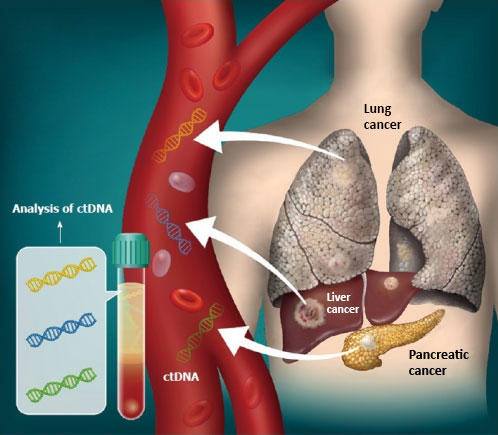In a study published in Advanced Materials on July 22, a team led by Dr. ZHONG Chao and Dr. AN Bolin from the Shenzhen Institute of Advanced Technology of the Chinese Academy of Sciences, collaborating with Dr. LIU Yan from Ruijin Hospital Affiliated to Shanghai Jiao Tong University School of Medicine, developed an innovative bacterial cellulose (BC)-based hemostatic dressing that enables rapid and sustained bleeding control.
Burn injuries are a kind of severe trauma, which often involve multiple organs, causing high morbidity and mortality. During burn debridement, hemostasis control has long been challenging. Traditional electrocautery is effective for bleeding control, but it carries risks such as thermal tissue damage and it has operational limitations.
BC has emerged as a promising wound dressing material due to its microporous structure, mechanical strength, breathability, and biocompatibility. However, BC lacks intrinsic bioactivity, especially hemostatic properties, limiting its effectiveness in complex wound situations.
In this study, the researchers developed a synthetic bioengineered solution. By anchoring human-derived thrombin onto a BC matrix via a specialized cellulose-binding domain (CBD), they created a thrombin-anchored BC (T-BC) composite dressing that enables rapid hemostasis and promotes wound healing. This solution preserves BC's natural nanomesh structure, breathability, and biocompatibility, while enhancing its hemostatic properties through protein engineering.
In vitro coagulation tests confirmed the dressing's superior hemostatic performance. In a rat liver incision model, the T-BC dressing achieved effective hemostasis within one minute, significantly outperforming conventional materials. Moreover, in a simulated deep second-degree burn wound model, T-BC-treated wounds exhibited markedly accelerated healing, with wound closure rates 40% higher than those of the control group after only five days.
Genetic-level analyses revealed that the T-BC dressing accelerates wound healing through a triple synergistic mechanism: promoting neovascularization, modulating inflammatory responses, and facilitating the reconstruction of skin tissue architecture. This multi-faceted action enables precise molecular regulation of the healing process.
The innovative biomolecular self-assembly strategy enables efficient thrombin immobilization through simple immersion in a mild protein solution, eliminating the need for harsh chemicals or extreme conditions typically associated with chemical crosslinking. Comprehensive biosafety evaluations, including cytotoxicity, hemolysis, and histocompatibility tests, confirmed the material's excellent biocompatibility and overall safety.
This work demonstrates significant potential for future applications in the management of both acute traumatic injuries and chronic wounds.






